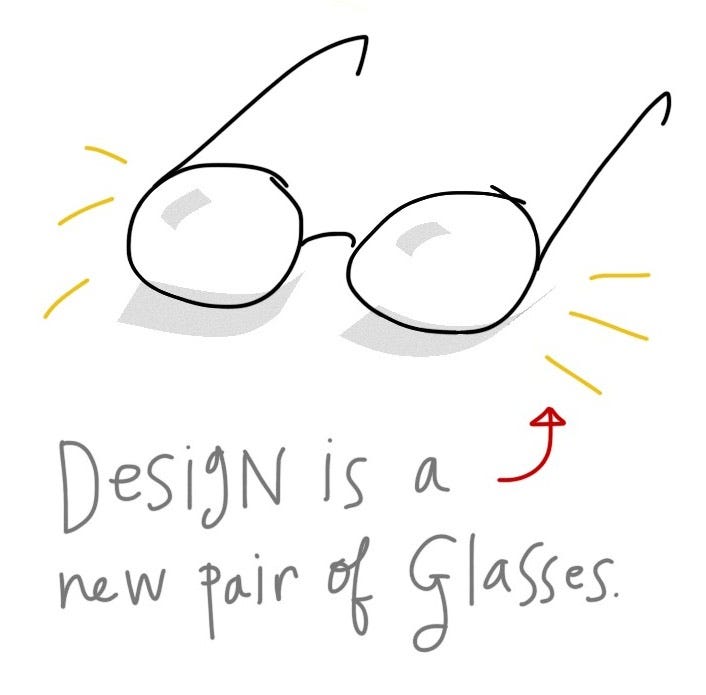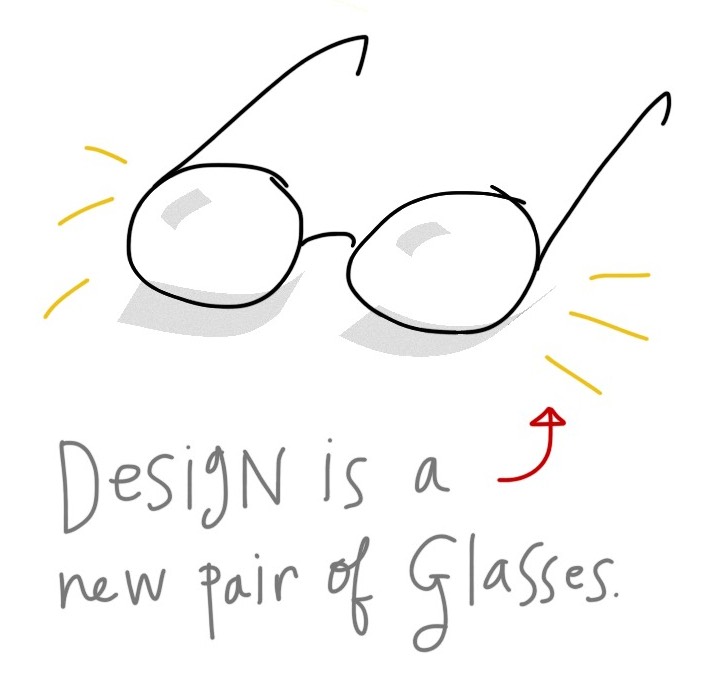I’ve been reading Wharton professor Adam Grant’s recent book Originals, that documents how new ideas and products emerge out of staid industries and bureaucracies. There’s a central point that he makes which links straight back to design thinking:
The systems we live in need questioning — they need people to ask “Why, Why, Why, Why?” They need boat-rockers who will push for improvements to these systems. We need more ‘Originals’ who push for a better world, rather than fitting into the systems they inherit.
It’s what I teach in my classes and workshops: a designer’s lens on the world means seeing that everything around us — how court cases proceed, how law firms reward (or don’t) employees, how law schools are structured, how consumer contracts are written — may seem like a given. It may seem ‘this is how it always has been and will be’.

But the status quo system defaults are human-made. And they are change-able — it just takes work, ingenuity, and politics to change them. It begins with a mindset that’s questioning “how could this system be better — particularly for those who the system’s intended to benefit?”
A designer’s mindset is about scouting where our existing systems need to be changed, and figuring out what levers and interventions are possible to do so.
As Grant describes in his book, there are some who enter into a profession seeking ‘stability’, and tend to avoid questioning the system they’re joining into, instead trying to learn how best to play by its rules to succeed within it. Then are those who are ‘originals’ — who don’t just get frustrated with the system’s failures, but who scout out better ways of doing things and take action to get from idea to change.
The interesting things about Grant’s findings are that the people in this second category — the Originals — often are not the stereotypical risk-loving, burn-hack-disrupt entrepreneurs that people imagine as ‘innovators’. Rather, often they are people with stable careers in established professions, but who have come to question the defaults of the system around them — and are willing to take a “balanced risk” to put forward the new ideas they have and invest in pursuing them. Often this happens inside the orgs themselves, not outside them.
Grant’s book is full of practical strategies for communicating your new ideas, and building organizational buy-in to let you experiment and scale change. He links up idealism and pragmatism with lots of examples from various industries.
For lawyers, law students, and others interested in the legal system, there are some very clear provocations that this approach raises:
- What are the things that are the most frustrating, the most ineffective things about your work, or the organization and system you work in? Each of those is a design opportunity — a place for something new and great to be made.
- When you have ideas for how things could be better, do you voice them — do you act on them?
- How could your organization allow for more people to bring ideas for change forward, and spur the best of these ideas to move forward to get to better systems?
When we talk about innovation, it’s easy to fall back into resignation that there are systems-level factors about why the legal system hasn’t changed. There’s the usual suspects of why change can’t happen:
- The billable hour prevents law firms from trying new compensation or recognition schemes, or from adopting more effective tech solutions.
- Bar association requirements prevent law schools from changing up their curriculum or pathways.
- States’ unauthorized practice of law regulations stop good consumer law tools from taking off.
- Courts are locked into long-term contracts with technology vendors that prevent them from implementing more responsive, interoperable, user-friendly software.
These are human creations as well. Rather than bemoaning them as a constraint on what we can do to improve the legal system, the onus is on us to figure out how to navigate or eliminate these constraints.
For law, we need ‘originals’ working on two sets of problems: first, those coming up with the new products, services, and organizations that can do law better.
And second, we need people to figure out the systems- and policy-level change, that will lay the groundwork for these new ideas to flourish — and ultimately to make the court system, legal education system, and legal profession more human and more effective.
This post is published over on Medium as well.



